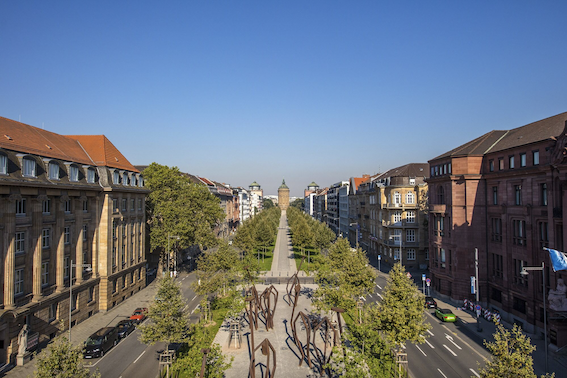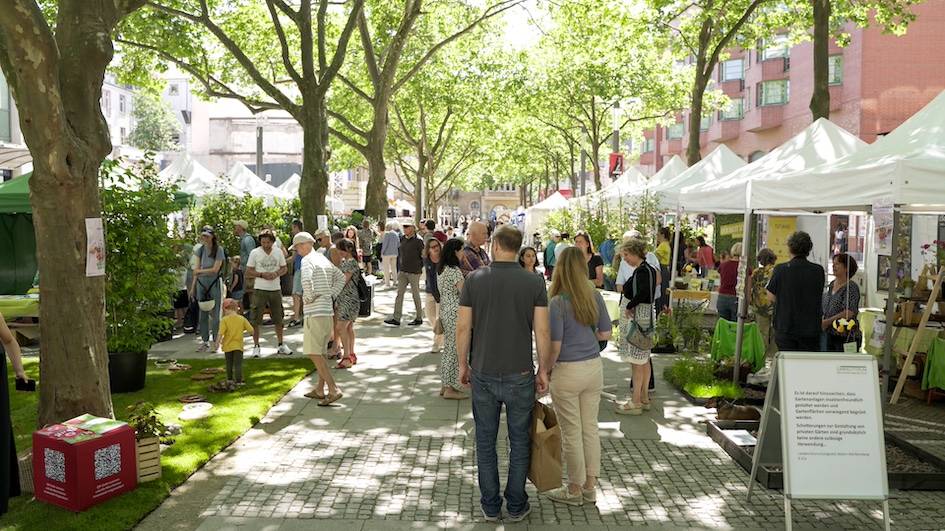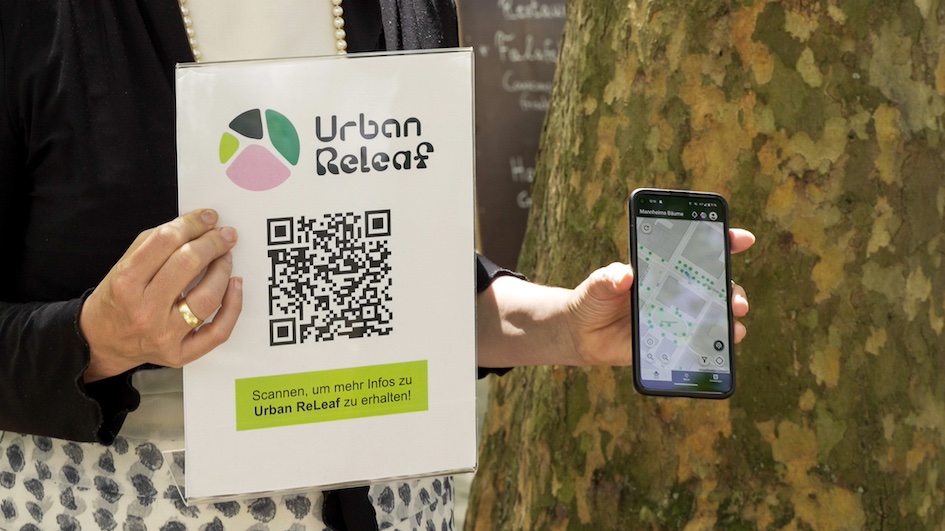Mannheim is one of the hottest cities in Germany. In 2019, the city introduced a strategic concept for climate impact adaptation, followed by the implementation of a heat action plan in 2021 aimed at safeguarding vulnerable populations from extreme heat.
Since 2023, Mannheim has participated in Urban ReLeaf, launching a tree registry campaign that encourages citizens to map the city’s trees, engaging the community in urban greening efforts.
Dr. Rensing, head of the City of Mannheim’s Climate, Nature, and Environment Department, discusses in this interview the specific measures already implemented for climate adaptation and how Urban ReLeaf complements the city’s ongoing efforts.

Q. Climate change is already clearly noticeable in Mannheim. How is the city of Mannheim dealing with it?
A. Summer temperatures in Mannheim reach alarmingly high levels, making heat stress prevention a significant challenge for the city. As part of the heat action plan, we have developed and distributed a brochure containing numerous tips on how to stay safe on hot days.
Additionally, since 2022, we have been continuously expanding the network of public drinking fountains around the city. With the help of many Mannheim residents, a comprehensive map of cool retreats has been created. These include indoor and outdoor spaces, areas by the water, and green oases.

Q. Among other things, you mention the green infrastructure. What goals is the city of Mannheim pursuing in this context?
A. Mannheim’s dense development and extensive surface sealing contributes to the creation of an urban heat island; greenery can counteract this effect. As a heavily sealed city, Mannheim is working to reduced paved surfaces and create more space for green areas.
A key part of this effort is the preservation, replanting, and addition of new trees. Trees not only provide shade but also cool the surrounding areas through evaporation which improves the microclimate. To support this goal, the city’s urban space service has committed to planting 1,000 new trees each year.

Q. What value does Urban ReLeaf add to these endeavours in Mannheim?
A. With the launch of the app in spring, interested citizens can now contribute to updating and expanding the city’s tree register. They can add unregistered trees whilst reporting those that no longer exist and need to be replaced. Additionally, they can add extra information such as the site dimensions – this determines if replanting is possible in the area’s conditions. All this data makes it easier to plan the maintenance and planting of new greenery in Mannheim.
The project is a key component of a broader range of climate adaptation measures aimed at reducing heat stress for Mannheim’s residents whilst making the city greener, more resilient, and more liveable.
